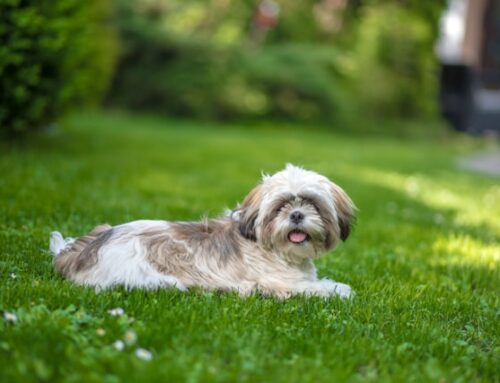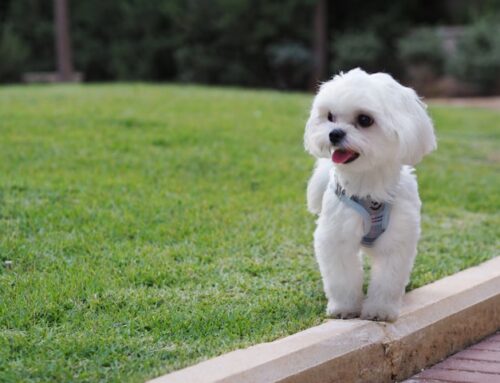 Like kids, puppies can be finicky eaters, but when your newest family member won’t eat, it can leave you frustrated and worried. In fact, how to make a puppy eat may be one of the biggest concerns new pet owners have. With young puppies in particular, loss of appetite can result from the stress of a new home or from stomach upset caused by chewing on inappropriate things.
Like kids, puppies can be finicky eaters, but when your newest family member won’t eat, it can leave you frustrated and worried. In fact, how to make a puppy eat may be one of the biggest concerns new pet owners have. With young puppies in particular, loss of appetite can result from the stress of a new home or from stomach upset caused by chewing on inappropriate things.
Tips for Getting a Puppy to Eat
For most dogs, pickiness is fleeting, and your pup will soon be chowing down like a champ. In the meantime, use these simple tricks to convince even the pickiest puppies to gobble down their kibble.
Add Extra Flavor
If your puppy finds its kibble less than appealing, there are simple ways to boost the flavor without compromising your new addition’s health. For drool-worthy meals, trying mixing one of the following yummy treats into your pup’s dry food:
- Wet dog food
- Plain cottage cheese
- Plain boiled, shredded chicken and rice
- Plain yogurt (make sure it isn’t sweetened with xylitol, which can be deadly to dogs)
- Flavor-boosting dog food add-ins such as toppers, gravies and sprays, which can be found in assorted varieties at your local pet shop
- Warm, low-sodium chicken broth (make sure it doesn’t contain chives, garlic, onions or onion powder, which can be dangerous for your puppy)
Make Mealtime Fun
One great way to encourage a finicky pup to eat is by ramping up the fun factor. Many interactive dog toys can be filled with dry kibble that’s ejected as the animal plays. By combining playtime with mealtime, you can make your pup forsake his fussiness in favor of fun.
As an added bonus, these puzzle toys provide vital mental stimulation for your pup, potentially reducing destructive behaviors and hyperactivity.
Move Dinnertime
Letting your puppy dine at the same time as your family may seem like a good idea, but it probably isn’t. The enticing smells of human food cooking may make your meal seem much more appetizing than dry kibble.
A puppy’s natural curiosity may also make it more interested in what you’re doing than in its meal. Feeding your puppy at a different time can keep it focused on its own dinner.
Save Treats for Special Occasions
If you’ve been sneaking your pup table scraps or dishing out plenty of training treats to promote good behavior, your puppy may just not be hungry at mealtimes. One way to promote a healthy appetite without sacrificing training is to use kibble in lieu of training treats. Rather than feeding a full serving of kibble at mealtime, set some aside a portion to use as training rewards. The end result is a well-trained companion with a belly full of healthy food rather than high-calorie goodies.
Change Food
It’s possible that your puppy simply doesn’t like the food you’re feeding it. In that case, it’s time to switch things up. Choose a high-quality food that’s designed for a puppy’s unique nutritional needs. Foods that are rich in animal protein are also more likely to entice your pup, so make sure meat is high on the list of ingredients.
If you do switch your dog’s food, it’s important to make the change slowly and in increments to avoid stomach upset.
When It’s Time to See the Vet
Don’t be too quick to label your puppy a picky eater. When dealing with a dog that isn’t eating, it’s important to rule out any underlying medical causes. If your puppy misses more than one meal or exhibits symptoms such as lethargy, vomiting or diarrhea, see your vet promptly.
Is your family considering adding a new furry friend to your family? Contact Georgia Puppies for more information or take a look at our available puppies today!




